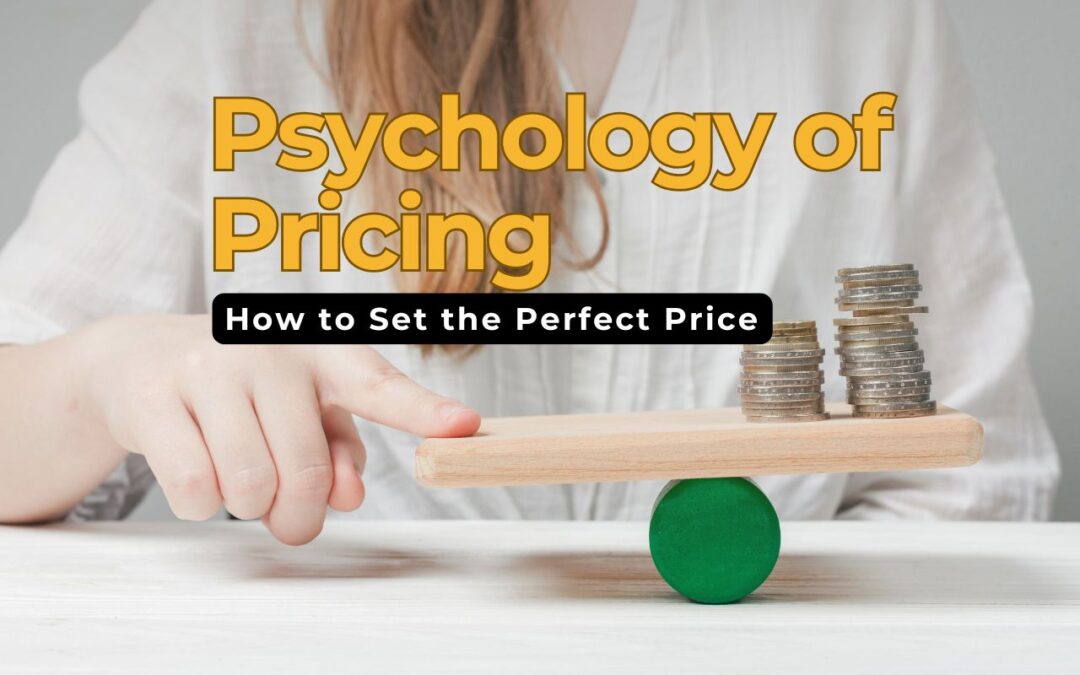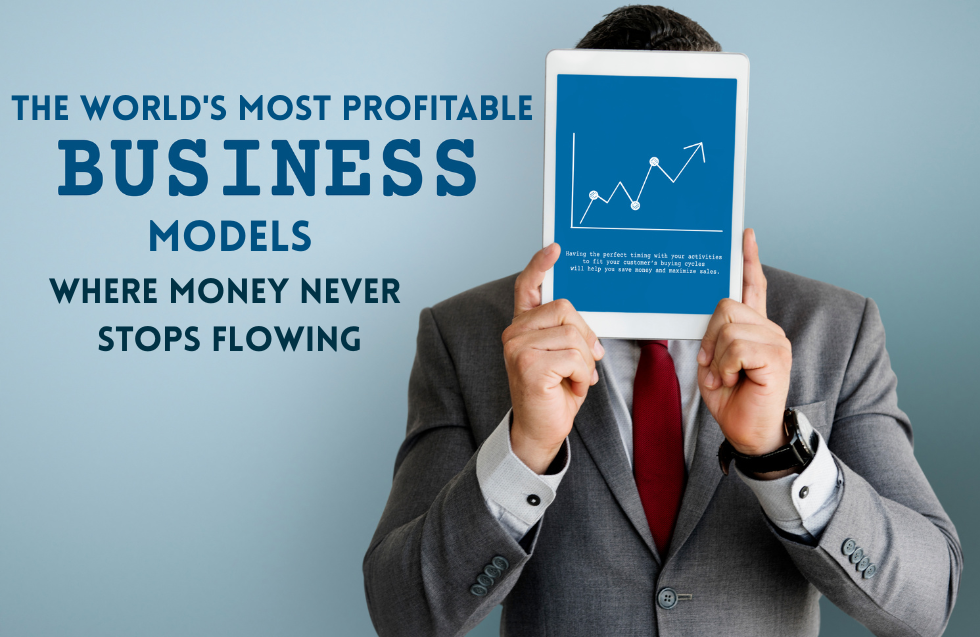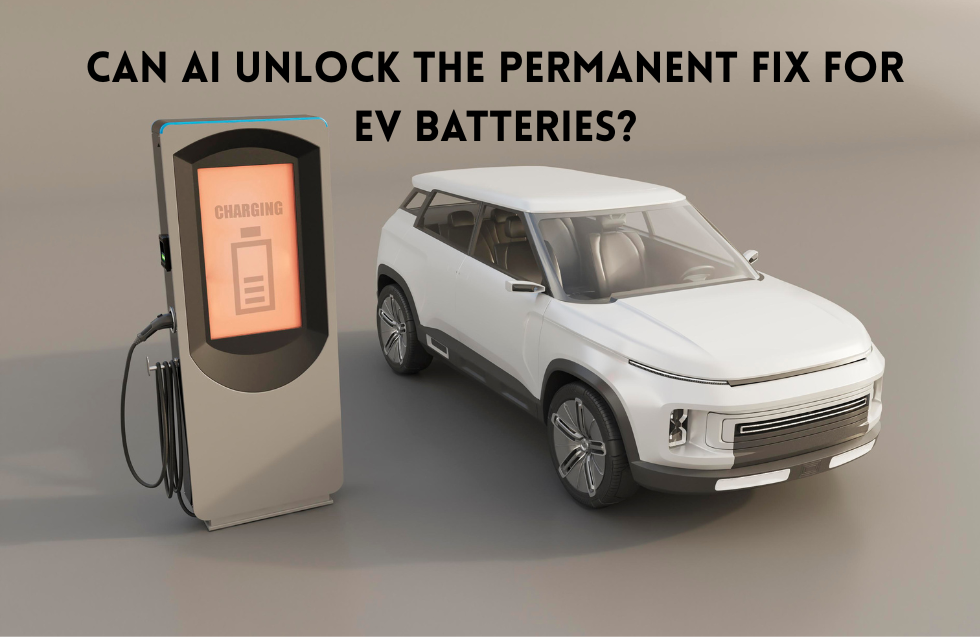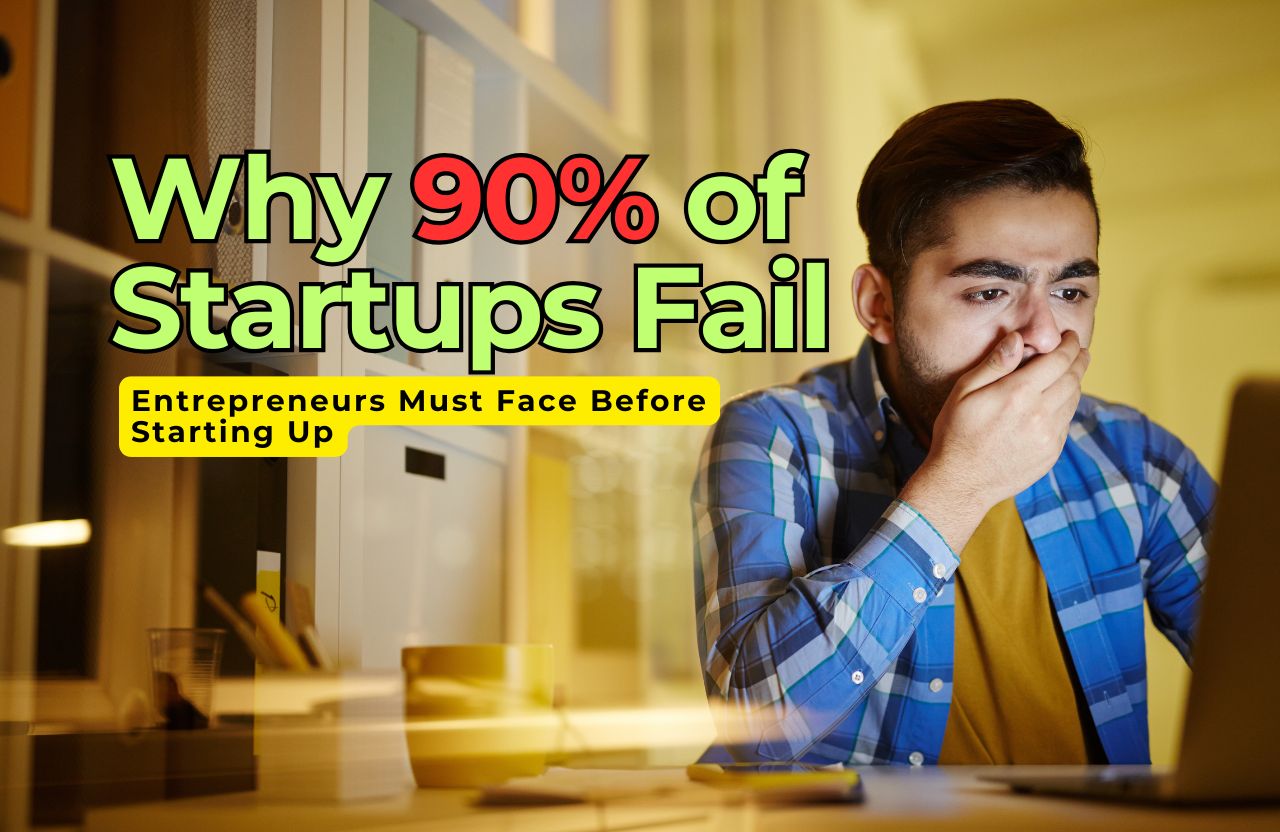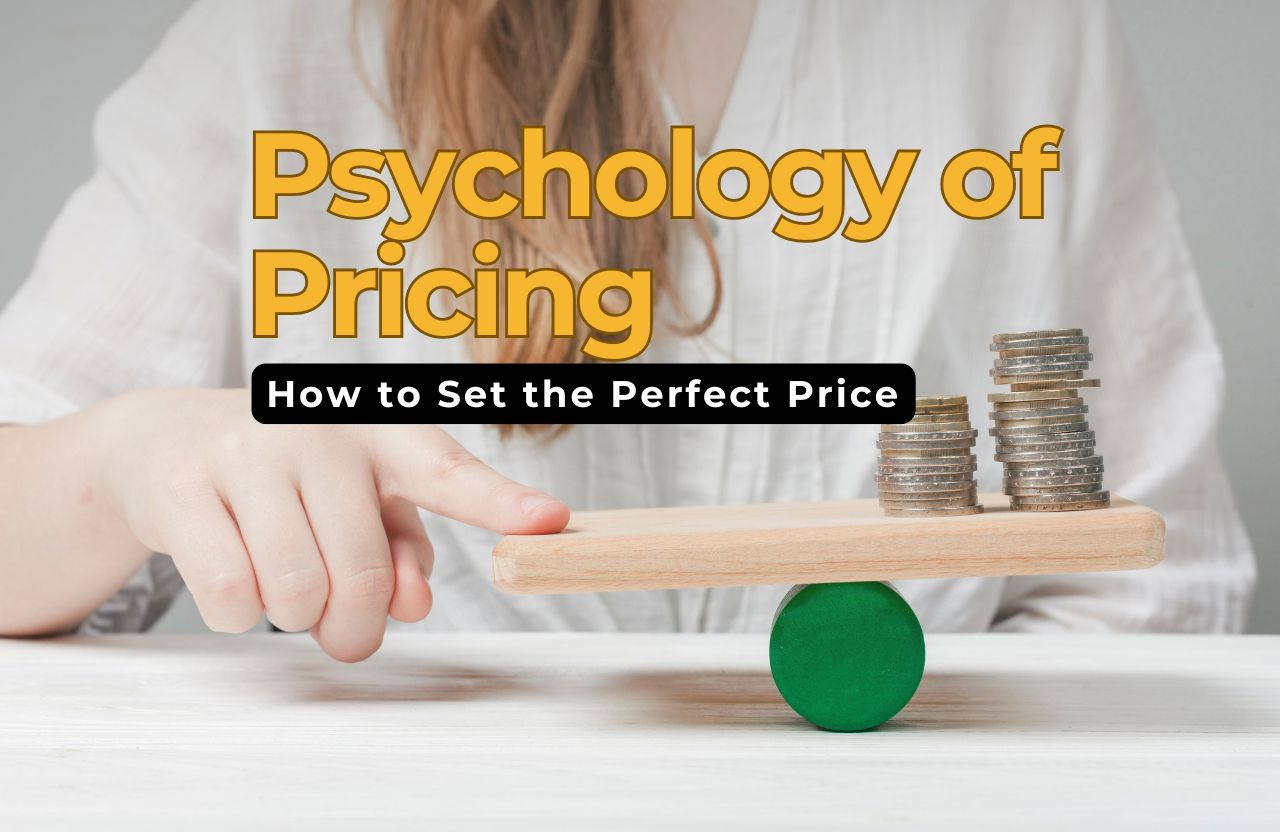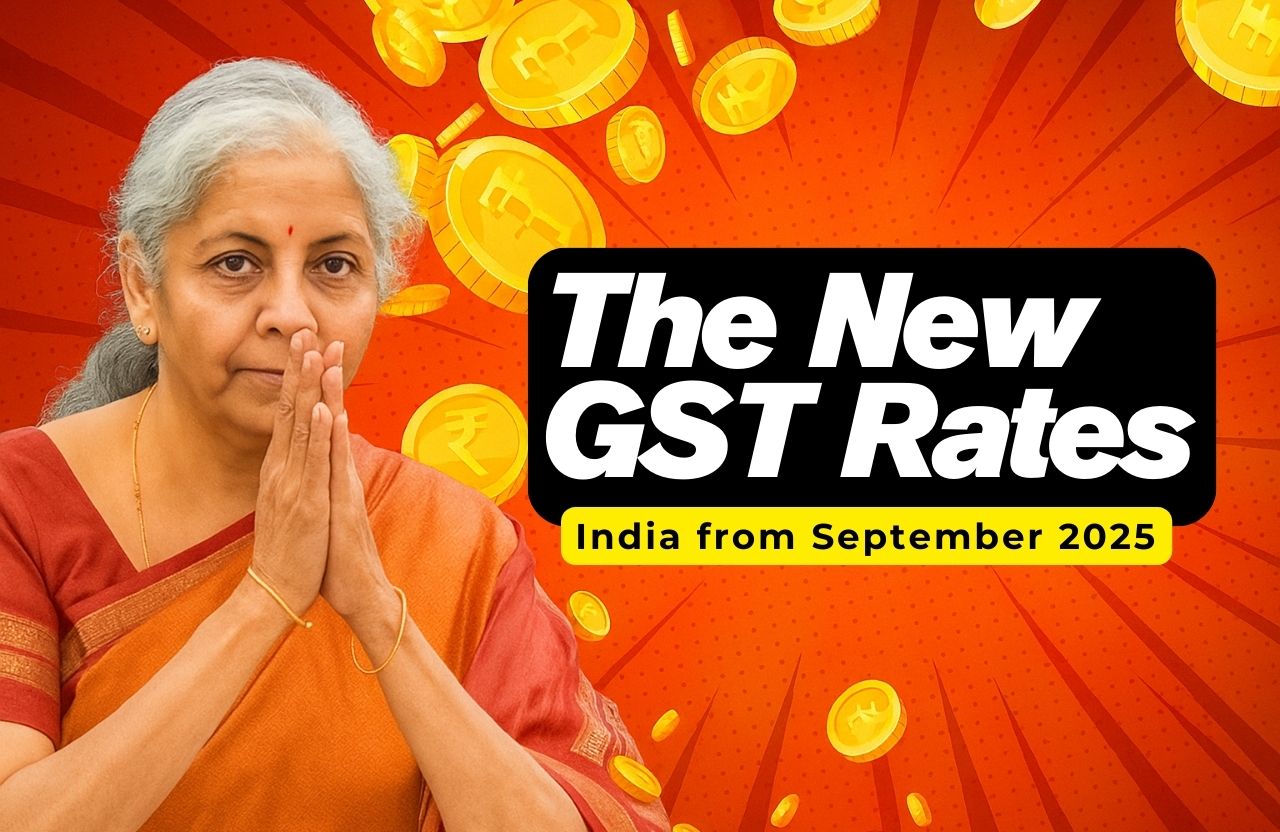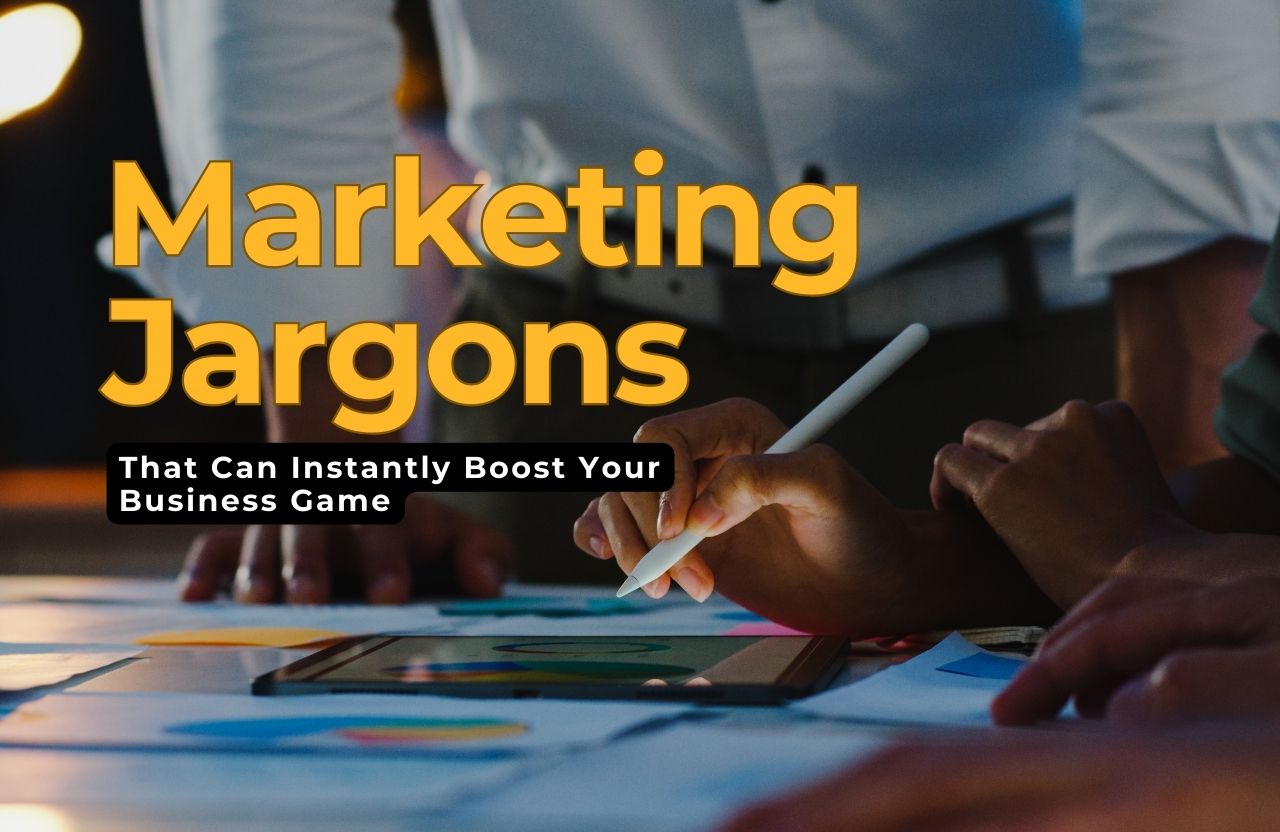Understanding the Psychology of Pricing
Pricing is not just a means of covering costs and ensuring a profit but rather the numerical representation in pricing has a psychological value that can play a role in the buying decision. Customers do not think about prices with reason only; they use emotion, mental heuristics and subjective value.
This is the psychology of price. Understanding how humans interpret price enables companies to give the impression of an offer, without giving too much of a reduction in value. It does not matter if one charges a price of ₹499 versus ₹500, offering bundles or using scarcity strategies, effective pricing can drive sales, enhance brand image and create customer loyalty.
What is the Psychology of Pricing?
The psychology of pricing is the art of setting prices to influence perception rather than just covering costs. Rather than asking the question: “How much should this cost?”, it poses the question, “How will customers feel about this price?”
Take the left-digit effect for instance: ₹499 looks far more affordable than ₹500, despite only being a difference of ₹1. Our brain focuses on the first number and believes it’s worth it.
Companies can create a perceived value of ‘affordable’ or high-end or ‘urgent to buy’ through psychological pricing (based on the intended promotion).
Why the Psychology of Pricing Works
Psychological pricing is effective because human minds are biased when they read numbers. A few behavioral economics concepts illustrate how small price adjustments have significant impacts.
- Left-Digit Bias
We humans can place a lot of weight on the left-most digit. ₹1,999 feels like it’s in the “one-thousand range” compared to ₹2,000.
- Charm Pricing
Charm pricing (₹99, ₹199 and ₹999) can make items feel like deals. It is also widely used online in supermarkets and in fast fashion.
- Anchoring Effect
Customers will look at whatever discount you provide and label that as a discount from one full price. If you have a phone that is discounted from ₹60,000 to ₹49,999, the consumer might view it as an incredible deal, even when ₹49,999 is still high.
- Perceived Value & Prestige Pricing
It is sometimes true that higher prices increase desire. For instance, luxury handbags, watches and fragrances are all positioned greater than comparable items because the consumer equates price with the quality and status.
- Magic Numbers (7, 8 and 9)
- Ending in 9 → The classic discount trick (₹999).
- Ending in 7 → Unique and catchy (₹1,497).
- Ending in 8 → 8 symbolizes prosperity, good luck and wealth in Asia.
Popular Psychological Pricing Strategies for Your Business
Companies use varying strategies based on if they want to sell more units, create a luxury perception or enhance customer loyalty.
Odd-Even Pricing
- Odd values (₹499, ₹1,497) → indicate affordability and deals.
- Even values (₹500, ₹1,600) → imply luxury, symmetry and class.
Charm Pricing Examples in Action
Charm pricing saturates store shelves and websites. Buyers are much more likely to purchase for ₹199 than ₹200, despite the fact that the disparity is trivial.
Bundle Pricing
Bundling products makes customers think they’re getting more for less. Example: “Buy 2 and Get 1 Free for ₹499.”
Decoy Pricing
The sneaky strategy employed by restaurants and movie theaters. For instance:
- Small popcorn – ₹150
- Medium – ₹280
- Large – ₹300 Most customers choose the medium because the large provides a halo effect making it appear better value.
Prestige Pricing
Luxury products tend to put perfumes, watches or cars at round figures (₹5,000, ₹50,000) to reiterate exclusivity.
Scarcity and Urgency Pricing
Slogans such as “Only 2 left in stock” or “Sale ends today” induce fear of missing out
Advantages of Psychological Pricing
- Will Increase Sales – The right price can present a big bang for a small buck.
- Will Increase Perceived Value – The buyer will feel like they are getting a good deal.
- Simple To Implement – You can do this with no incremental costs, just price positioning.
- Flexible Across Sectors – Allows retailers, e-commerce, services and luxury businesses to use it and benefit. (FOMO).
This is the basis on which online marketplaces such as Amazon operate.
Disadvantages of Psychological Pricing
- Customer Distrust – Customers might feel they are being manipulated if used excessively.
- Brand Dilution – Excessive use of charm pricing can reduce premium brands perceived value.
- Legal Restrictions – Misleading discounting practices are banned in some nations.
- Short-Term Effectiveness – Customers may get conditioned over a period of time, diminishing effectiveness.
Real-World Examples of Psychological Pricing
- Retail Supermarkets → ₹99, ₹199, ₹499 are ubiquitous for driving sales volume.
- E-Commerce Platforms → Amazon and Flipkart apply bundle deals, anchor pricing and discounts.
- Luxury Brands → Rolex, Gucci, Chanel use prestige pricing.
- Restaurants & Cinemas → Decoy pricing to get customers to take the middle option.
Pricing Endings: 7 vs 8 vs 9
- Ending in 9 → Very much linked with bargains and discounts.
- Ending in 7 → Unusual enough to make products noticeable.
- Ending in 8 → Good luck charm in Asia, increasing attraction.
Selecting 7, 8 or 9 is culture, consumer behavior and positioning-dependent.
How to Price Perfection with Pricing Psychology
- Know Your Audience – Price must be affordable in mass markets and also price must be exclusive in luxury markets.
- Test Pricing Endings – Conduct A/B testing with 7, 8 and 9 to determine which increases conversions.
- Balance Price and Profit – Good-looking prices do not have to kill profit margins.
- Use Anchoring – Always provide the original price to make the discount more appealing.
- Shield Brand Image – Luxury brands must not overuse charm pricing.
Frequently Asked Questions on the Psychology of Pricing
1. What is the psychology of pricing?
It’s the art of pricing that speaks to perception and not raw logic.
2. Why do we usually see a price that ends in 9 or 7?
Due to the left-digit effect. ₹999 sounds less expensive than ₹1,000.
3. What is charm pricing?
Charm pricing prices at amounts just less than round figures, such as ₹99 or ₹999, in order to make things appear like a bargain.
4. What are the benefits of psychological pricing?
It increases sales, maximizes perceived value and applies to all industries.
5. What are the drawbacks of psychological pricing?
It can breed distrust, dilute prestige brands or even attract legal attention.
6. Does pricing psychology at 8 be effective?
Yes, particularly in Asian cultures where 8 is good fortune and prosperity.
7. How does prestige pricing differ from charm pricing?
Charm pricing communicates affordability while prestige pricing communicates exclusivity.
8. What is decoy pricing?
Introducing a high-end alternative to make mid-range alternatives appealing.
9. Can I use psychological pricing with luxury products?
Absolutely, but they typically rely on prestige pricing to protect their brand image.
10. How do I identify the sweet price point?
Know your market, experiment with various endings, create a sweet spot for profit and set pricing strategically to your brand position.
Conclusion: Numbers That Sell, Stories That Stick
In the end, the psychology of pricing is less about the number and more about the emotional feeling, experience and story. The right number may provoke feelings of a good deal, purchasing prestige or getting something that is hard to find.
For example, using charm pricing like ₹999, the prestige of a ₹10,000 watch or urgency with the phrase “there are limited time offers” numbers can really change how people think about value. Still balance is key. Use pricing psychology with balance, be cognizant to marry the pricing to your brand image and test often to see what is right for your buyers. More of a persuasive tool that drives profits and builds customer confidence rather than just a business decision.
Test your pricing strategy today and see the psychology of pricing in action.
